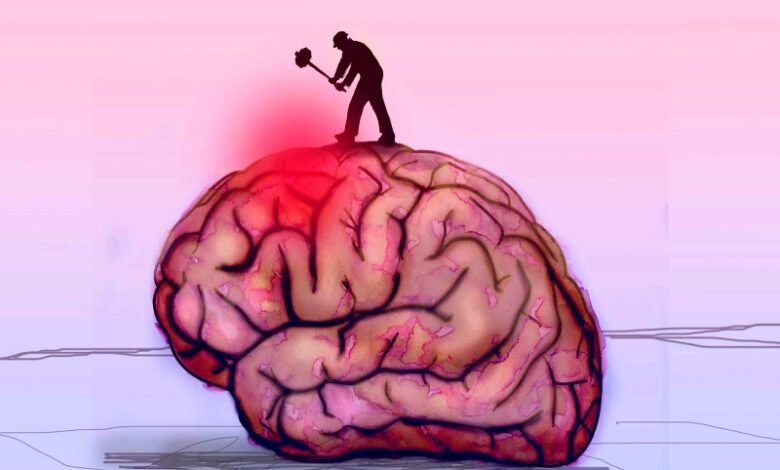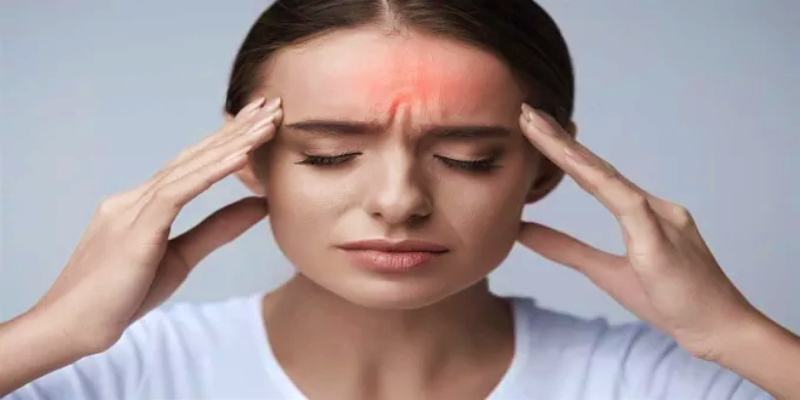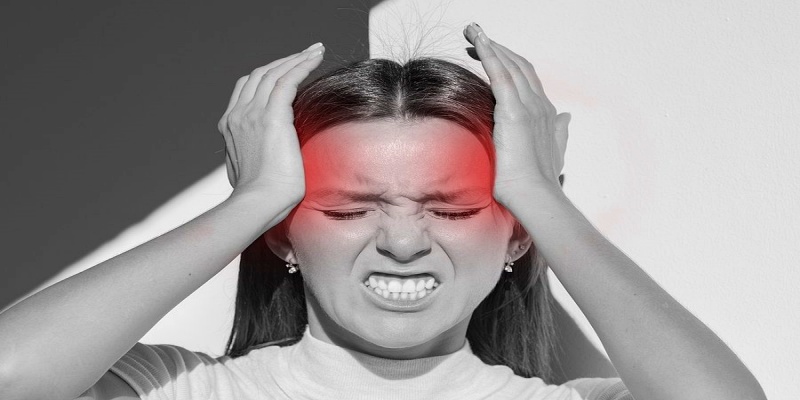Locations of headaches inside the head and signs indicating disease

1
None of us can deny that headache pain is one of the most common and very annoying medical conditions that one can suffer from at any period of time. It is worth noting that the pain usually appears evident in the head and face area, or complaints of migraine or headache in the entire head, or pain that affects the forehead. But does each headache location have a pathological significance? Can the location of pain accurately guide us to the health condition? In general, this is what we will learn about today in detailed detail.
What are the most important causes of headache?


What are the most important causes of headache?
When mentioning headaches and their causes, it is important to know that they are divided into two main types:
1- Primary headache
For example, the first headache occurs in up to 90% of the causes of pain, as it is represented by migraines, painful headaches resulting from muscle tension, cluster headaches, headaches due to exercise, persistent migraines, etc.
It is worth noting that chemical activity in the brain, nerves, or blood vessels around the skull or muscles in the head of the neck may play a fundamental role in the occurrence of headaches. In addition, headaches may occur due to some wrong lifestyle patterns, such as drinking alcoholic beverages, using addictive substances, irregular eating and sleeping schedules, exposure to stress, the living environment, noise, etc.
2- Secondary headache
When talking about secondary headaches, we must know that it is pain resulting from a specific medical condition, as it occurs due to neurological diseases, cerebral meningeal vascular diseases, and intracranial hypertension syndrome.
In addition to the risks of heat stroke, exposure to severe systemic infections, poisoning or exposure to cardiovascular disease and hormonal changes, in addition to patients with eyes, nose, ear, throat and teeth.
What diseases does the headache location inside the head warn of?
First: headache in the forehead area


Headache in the forehead area
When complaining of a headache in the forehead area, the patient will feel a state of pressure in the head area or around the head, as this condition is accompanied by many pains in the temples area (the area of the sides of the face and eyes) or a complaint of stiffness in the neck and shoulders.
It is worth noting that this type of headache occurs due to staring at computer and phone screens for a very long time and reading books in low-light conditions, which causes the eyes to suffer from stress.
Second: Headache in the temple area


Headache in the temple area
In general, headaches affect this area due to exposure to many pathogens, including stress and fatigue. In addition to the possibility of it occurring due to inflammation of the temporal arteries, this is a rare occurrence, but it is advised at the time that it is necessary to immediately go to the doctor if it recurs in an exaggerated manner.
Symptoms associated with this type of headache include fever, vision changes, weight loss, muscle pain in the arms or shoulders, etc.
Read also: Headaches caused by dehydration and how can we overcome them?
Third: headache in the back of the head


Headache in the back of the head
The back of the head can get headaches due to exposure to some neck or spine problems or when there are several side effects after exposure to certain types of injury in this area. It is worth noting that in more serious cases, pain behind the head comes from leaking blood vessels.
It should be taken into account that if the patient experiences severe pain within five minutes of the onset of pain, accompanied by fever, sensitivity to light, changes in vision, and loss of balance, it is necessary to immediately go to the doctor to receive appropriate treatment.
Fourthly: Migraines


Migraines
Many people suffer from the problem of migraine pain that affects the right or left side of the head, and is often accompanied by extreme sensitivity to light and sound and nausea. It is important to know that this disease can last from two hours to three days, and is caused by inflammation of the temporal arteries and arteries in the head and neck area and above, and then this causes severe pain in the right side of the head, the jaw and in the temporal region, and suffering from fatigue. The body in general.
It is also possible that a damaged or inflamed occipital nerve may lead to right-sided migraine headaches with some accompanying symptoms, such as a persistent headache that begins in the skull area and then spreads backwards and along the right side of the head.
It is very important to know that feeling a headache on the right side of the head is also one of the most common symptoms of a stroke, the sudden cessation of blood supply to the brain.
Fifth: Headache behind the eye


Headache behind the eye
Sometimes a headache and pain occur in the back of the eye, which could be a sign of sinusitis. It is worth noting that sinus headaches are common during the cold season, and when the bacteria that cause the cold spread rapidly.
Sinusitis is also accompanied by a number of other symptoms, including nasal congestion, eye pain, forehead pain, high temperature, etc.




